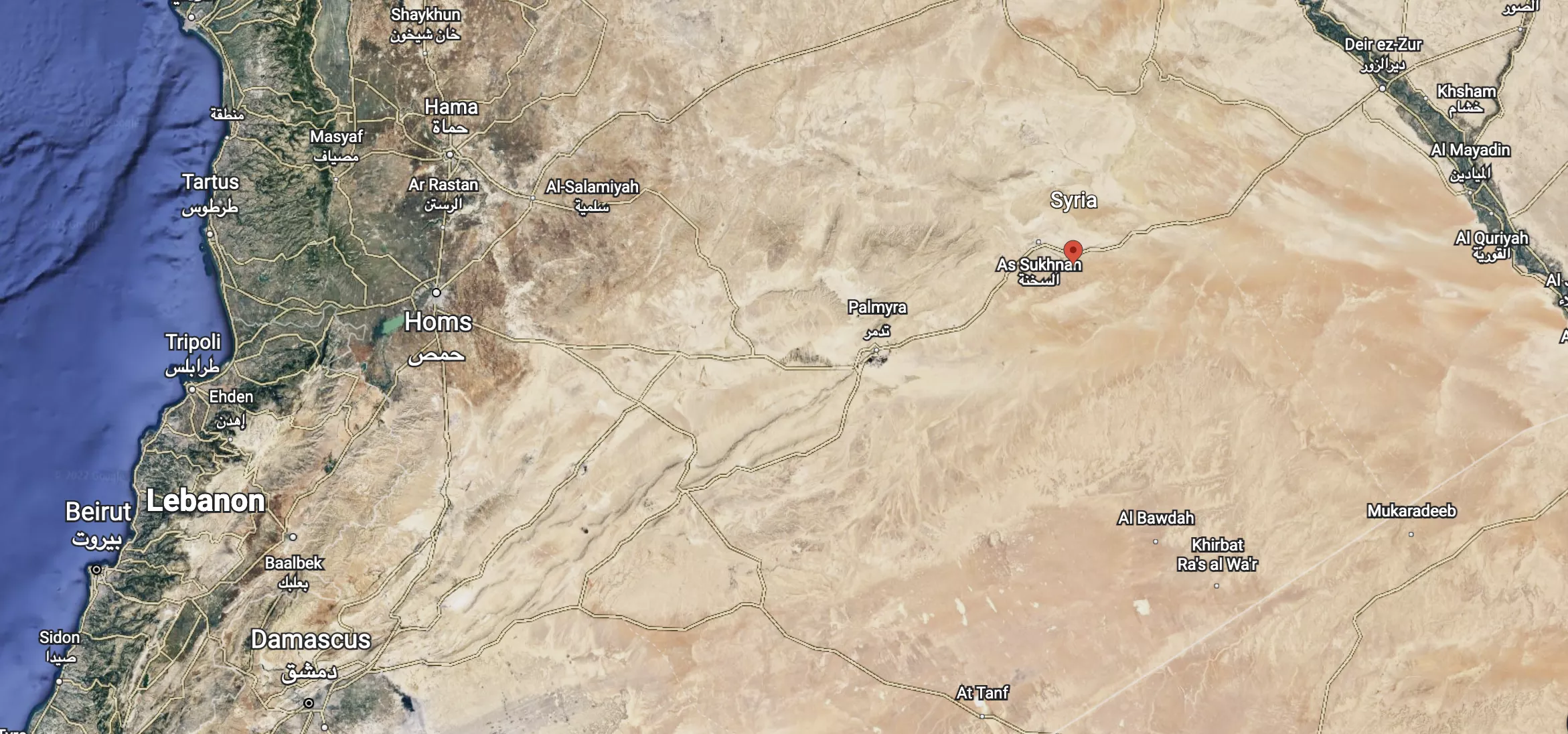> Blogs > From Sand to Breath: Tracing the True Origin of Glass Blowing
From Sand to Breath: Tracing the True Origin of Glass Blowing
Core keyword: origin of glass blowing
The origin of glass blowing in the 1st century BC marked a radical revolution, although glassmaking dates back to around 3500 BC in Mesopotamia, transforming solid casting into dynamic, hollow forms. But why did this breakthrough emerge in the ancient Near East? We explore the geographic, cultural, and technical sparks that ignited humanity’s first breath into molten glass.
Where It Began: Birth in the Fires of Syria
Archaeology pinpoints the origin of glass blowing to coastal Syria-Phoenicia (modern Lebanon) circa 50 BC. Excavations at sites like Tel Anafa revealed early blown bottles, distinct from earlier core-formed or cast glass. This evolution marked a shift: from shaping solid glass to inflating liquid crystal.(To see how glassblowing evolved across centuries, read our brief history of glassblowing.)

Crafting the First Breath: Artisans of the Molten Void
Though no single inventor is recorded, evidence suggests:
- Phoenician glassmakers refined their techniques while producing perfume and oil containers.
- Trade demands for cosmetics and wine vessels drove experimentation with blowpipes.
As Professor Ian Freestone (UCL) notes: “It was likely a workshop accident—a tube used to gather molten glass, blown by a craftsman—that birthed an industry.”
Shaping the First Hollow Flame: Primitive Tools, Lasting Genius
Early artisans used:
Clay furnaces fueled by olive wood or natural gas, hitting 1100–1200°C.
Iron blowpipes to gather “gobs” of molten glass from crucibles.
Early production prioritized vessels like slender perfume holders (unguentaria) and spherical storage jars, their thin-walled forms showcasing the nascent technique’s versatility. Critically, blowing created thin-walled, hollow vessels—impossible with casting.
Why Then, Why There: The Perfect Storm
Three conditions converged:
Geography
Coastal Lebanon’s silica-rich sands + natron deposits.
Commerce
Phoenician trade networks demanded portable luxury goods.
Craft Heritage
Here generations of ceramists and glassworkers refined pyrotechnic skills through continuous material experimentation.
Glass shifted from pharaohs’ ornaments to urban merchants’ commodities.
Tracing the Truth: What Archaeology Confirms (and Questions)
Controversy: Egyptian excavations reveal potential proto-blowing artifacts dated to 150 BC—fragmented pieces hinting at experimental air-injection methods preceding systematized practice.
Consensus: Scholars consistently attribute the formalized method’s genesis to Syrian workshops, where stratified excavation layers confirm the earliest standardized blowpipe production. As the Corning Museum states: “Syrian workshops standardized the process—spreading it to Rome by 20 AD.”
Conclusion: The Legacy in Every Breath
The origin of glass blowing in the Syrian sands was no accident—it was the inevitable spark where material, necessity, and imagination collided. This ancient breakthrough transcended mere technique; it redefined humanity’s relationship with fragility and form. Long before factories or formulas, artisans breathing life into molten silica embodied a truth we often forget: true innovation thrives where skill dances with daring.
Understanding glass blowing’s origin isn’t mere history—it reveals how human ingenuity fuses material, need, and chance into enduring art.
Inspired by the roots of this ancient craft? At SHD Crystal, we bring the spirit of the first glassblowers into every hand-blown ornament we create.
👉 Explore our origin-inspired collection of crystal art

Reach out today

- : info@shdcrystal.com
- : +86-755-2335 8353
- : No. 68 Shasong Road, Shajing Street, Bao'an District, Shenzhen, Guangdong Province
Follow us